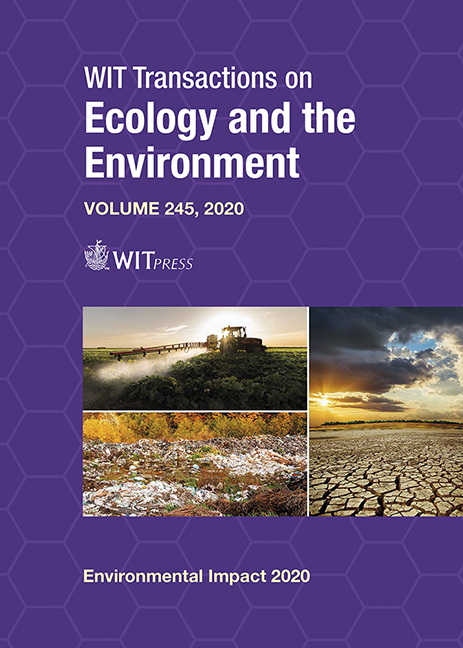FOOD PRODUCTION SYSTEMS, POLICIES AND RURAL PLANNING: CONTRIBUTIONS TO SUSTAINABILITY AND ENVIRONMENTAL IMPACT
Price
Free (open access)
Transaction
Volume
245
Pages
9
Page Range
51 - 59
Published
2020
Paper DOI
10.2495/EID200061
Copyright
WIT Press
Author(s)
WAYNE CALDWELL, REGAN ZINK, SARA EPP, ELISE GESCHIERE
Abstract
A large portion of the most agriculturally-viable land in Canada is located in the province of Ontario. Within Ontario, municipal governments are the mechanism by which provincial land-use policy is implemented, and virtually all agricultural production happens within the boundaries of an upper-tier municipal government. This means that municipal governments are the most local level of government responsible for making decisions and implementing programs and policies related to the agriculture and agri-food sector. However, little is known about the structure, knowledge base, and capacity of municipal governments to respond to agricultural and agri-food priorities and issues. This paper reveals that the capacity of county planning departments is varied and presents a case for further research on this topic. The agricultural and agri-food sector is in a position where it both contributes and is extremely vulnerable to climate change; expertise is needed to manage both the risks and opportunities that rural communities face. It is imperative that governments and decision-makers who affect the agriculture and agri-food industry have capacity and knowledge to support the sector and respond to critical issues as they arise. The decisions of elected officials, the resources that municipalities have, and the expertise of staff are all key elements that affect implementation of provincial priorities and the consideration given to agriculture when creating policies, programs, and initiatives.
Keywords
municipal capacity, county/regional planning, agricultural planning, rural community development, climate change, Ontario





